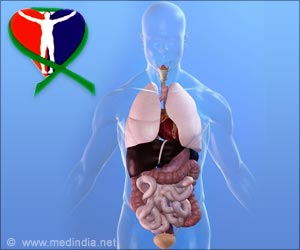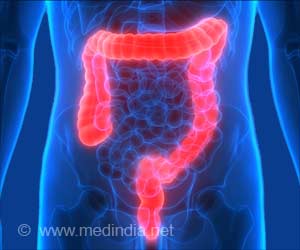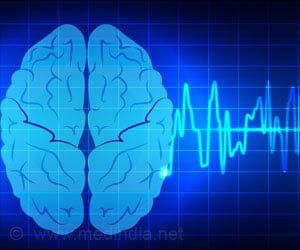
‘Bleeding in the narrow space is life-threatening. Small protrusions usually cause this type of cerebral hemorrhage in the major arteries at the base of the brain (Aneurysms) that can burst without warning.
’
Tweet it Now
Free hemoglobin in the cerebrospinal fluid damages neurons Despite great research efforts, until now, it has not been possible to prevent these serious consequences of bleeding in the subarachnoid space. An interdisciplinary team of researchers from the University of Zurich (UZH), USZ and the Veterinary Teaching Hospital Zurich have now discovered a promising strategy: Haptoglobin, a protective protein found in the blood, binds the hemoglobin that has been released in the cerebrospinal fluid before it can cause damage.
"We observed that in the days after the bleeding, the accumulated blood slowly resolves, and the hemoglobin from the degraded red blood cells gets into the cerebrospinal fluid," says Emanuela Keller, head of the neurosurgery intensive care unit at USZ. This protein, which is normally responsible for transporting oxygen, plays an important role in the occurrence of delayed neurological damage. "Using patient samples and tests on sheep, we have now been able to show that the hemoglobin leads to vasospasms and penetrates deep into the brain tissue, where it can directly damage neurons," says study lead Dominik Schaer, UZH professor and chief of service in the Department of Internal Medicine at USZ.
Haptoglobin binds hemoglobin and renders it harmless
The substance that makes hemoglobin so dangerous is iron, which is found in the center of the protein and has a high propensity to undergo chemical reactions. Diseases such as malaria, in which hemoglobin is also released, have led to the human body, in the course of evolution, forming its own protective protein called haptoglobin. In the blood, haptoglobin binds free hemoglobin, thus preventing its toxic effects in blood vessels and kidneys. However, the concentration of haptoglobin in the brain is very low and does not offer enough protection against a cerebral hemorrhage.
Advertisement
Discovery enables new treatment approach
Advertisement
Source-Eurekalert















